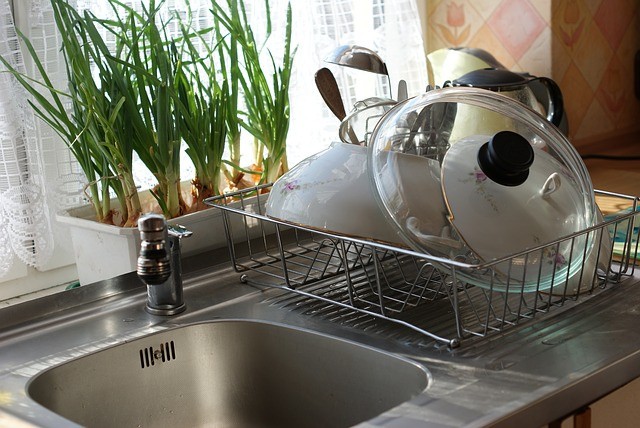
Whilst being able to live on surfaces for days, bacterial pathogens can survive, but what happens if frequently touched surfaces like doorknobs could kill them off instantly?
Engineers from Purdue University have created a laser treatment method that can turn any metal surface into a potential rapid bacteria killer just by giving the metal surface a different texture.
Published in the Journal Advanced Materials Interfaces, the study shows a demonstration of researchers about how the technique allows the surface of copper to immediately kill off super bugs such as MRSA.
Purdue assistant professor of materials engineering, Rahim Rahimi shared that the material was used as an antimicrobial material for centuries. However, copper typically takes hours for native copper surfaces to kill off bacteria but they developed a one-step laser texturing technique that enhances the bacteria-killing properties of copper's surface effectively.
As of the moment, the technique has not yet reached the state of killing viruses, such as the one responsible for the coronavirus outbreak, which are significantly smaller than bacteria.
Read also: Germany to Adopt Singapore's COVID-19 Contact Tracing App
Since publishing the study, Rahimi's team has tested the technology on various surfaces of other metals and polymers that are also used in reducing the risks of bacterial growth and bio-film formation on devices and such examples are orthopedic implants or patches that wearable intended for chronic wounds.
Rahimi also emphasized that by giving implants an antimicrobial surface would prevent the spread of infection and antibiotic resistance for there would not be a need for antibiotics to kill off bacteria from an implant's surface.
Because of its similar attribute with copper, which is known also for its antimicrobial properties, the technique is also applicable to metallic alloys.
Normally, metals such as copper have a really smooth surface making it difficult for the metal to kill bacteria even with contact.
Rahimi's team developed the technique using a laser, creating a nanoscale pattern on the metal's surface, wherein the patterns produce a rugged texture that increases surface area to allow more opportunity for the bacteria to hit the surface resulting to its rupture on the spot.
In the past, other researchers used nanomaterial coatings to enhance the antimicrobial properties of metal surfaces however the coating applied on the metal's surface are prone to leach off and it can be toxic to the environment.
Rahimi whose lab focuses on developing innovative materials and biomedical devices to address the challenges in the field of health care added that what they have created is a robust process that selectively generates micron and nano-scale patterns directly on the desired surface without altering the bulk of the copper material.
The technique of Rahimi's team, the laser-texturing has a dual effect for the technique not only improves direct contact but also makes the surface hydrophilic and for orthopedic implants, such a surface allows bone cells to more strongly attach, improving how well the implant integrates with the bone wherein Rahimi's team also observed this effect with fibroblast cells.
And because of the simplicity and scalability of the technique, researchers believe that it could be easily translated into medical device manufacturing processes.
Related article : How Is COVID-19 Inspiring Inventors?
© 2025 HNGN, All rights reserved. Do not reproduce without permission.








